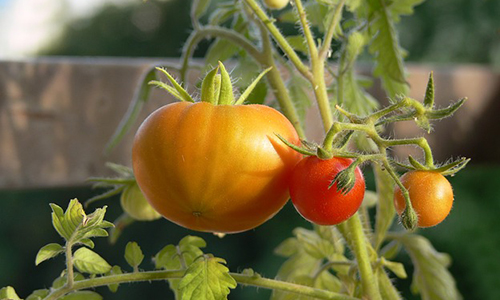When good plants go bad
Burpee Edible Gardening Team Members
Surviving through summer’s hot and dry days is a challenge for your spring-planted flowers and vegetables. As we wear into August, you'll find that weeds really take off, insects show up more often and your crops begin to fade.

Here's a quick checklist to keep in mind to lengthen your garden enjoyment:
Continue to water well and regularly. Sometimes twice-daily for containers.
Keep an eye on bugs. Scout your plants with a bucket of soapy water to remove any pests.
Weed as needed. Weeds hide pests and sap much-needed nutrients and hydration from your plants.
Mulch any exposed soil. This will moderate moisture and minimize weeds.
Harvest any ripe vegetables. Leaving fruit on the vine could encourage furry or feathered thieves. An unsuspected rainstorm could leave cherry tomatoes flavorless with too much moisture. Instead, ripen tomatoes on a sunny kitchen counter. Read more how-to-harvest tips here.
Stake any plants that are starting to topple over. Prop them up with garden twine or poles to keep fruit off the ground.
Remove old plants as soon as you see them. Any diseased or spent plants can be removed. The added air flow to the rest of your garden will encourage healthy growth.
Feed your flowers. If you haven't fertilized in the last few weeks, provide a dose of plant nutrition or cut back any leggy growth. The warm days, cool nights will rejuvenate blooms.